The minor snake-eyed skink is a species of lizard in the family Scincidae. The species is native to Asia.

The Asian snake-eyed skink is a species of skink. It is found in Georgia, southern Turkmenistan, southern Tajikistan, Uzbekistan, Kyrgyzstan, western Azerbaijan, eastern Iran, Iraq, Oman, Afghanistan, Pakistan, Jordan, Syria, the United Arab Emirates, northwestern India, and Cyprus.
Ablepharus ladacensis, also known as the Ladak ground skink, is a species of skink found in Tibet (China), North India, western Nepal, and northern Pakistan.

Ablepharus kitaibelii, commonly known as the European copper skink, European snake-eyed skink, juniper skink, or snake-eyed skink, is a species of skink, a lizard in the family Scincidae. The species is endemic to Eastern Europe and Southwestern Asia.

Ablepharus budaki, commonly known as Budak's skink and Budak's snake-eyed skink, is a species of lizard in the family Scincidae. The species is endemic to the Near East.

Ablepharus rueppellii, known commonly as Rüppell's snake-eyed skink, is a species of skink found in the Middle East. It was formerly considered a subspecies of Ablepharus kitaibelii, but has since been distinguished. What is currently recognized as this species is possibly two distinct species.

The large-eared pika is a species of small mammal in the family Ochotonidae. It is found in mountainous regions of Afghanistan, Tibet, Bhutan, India, Kazakhstan, Kyrgyzstan, Nepal, Pakistan and Tajikistan where it nests among boulders and scree.
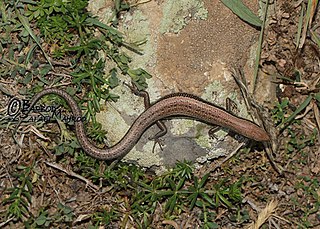
The twin-striped skink is a skink native to Armenia, Azerbaijan, Turkmenistan, northwestern Iran and Turkey. It is generally found at elevations between 2,300 metres (7,500 ft) and 3,300 metres (10,800 ft).

Chernov's skink is a species of skink, a lizard in the family Scincidae. The species is endemic to northern Eurasia.
Ablepharus darvazi, also known as Darvaz snake-eyed skink, is a species of skink, a lizard in the family Scincidae. The species is endemic to Central Asia.
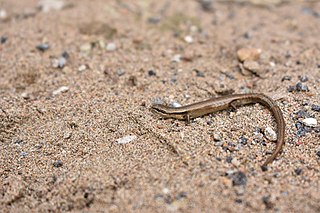
The desert lidless skink is a species of skink native to southern Kazakhstan, Kyrgyzstan, northern Tajikistan, Uzbekistan and eastern Turkmenistan.
This page shows the Kyrgyzstan national football team's results in International Matches, as recognized by FIFA:
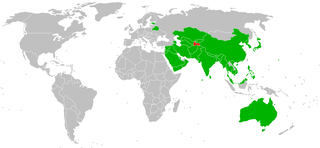
This page shows the Tajikistan national football team's results in International Matches, as recognized by FIFA:
Ablepharus lindbergi, Lindberg's snake-eyed skink or Lindberg's twin-striped skink, is a species of lizard in the family Scincidae. It is endemic to Afghanistan.
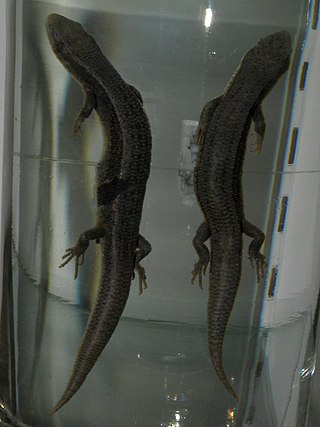
Ablepharus alaicus is a species of skink found in China, Kyrgyzstan, Uzbekistan, Tajikistan, and Kazakhstan.
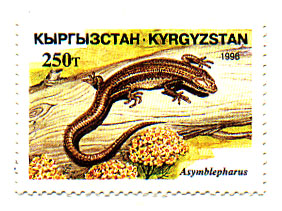
Ablepharus eremchenkoi is a species of skink, a lizard in the family Scincidae. The species is native to Kazakhstan and Kyrgyzstan.

The Himalaya ground skink is a species of skink found in Pakistan, India, Nepal, and Turkmenistan.












